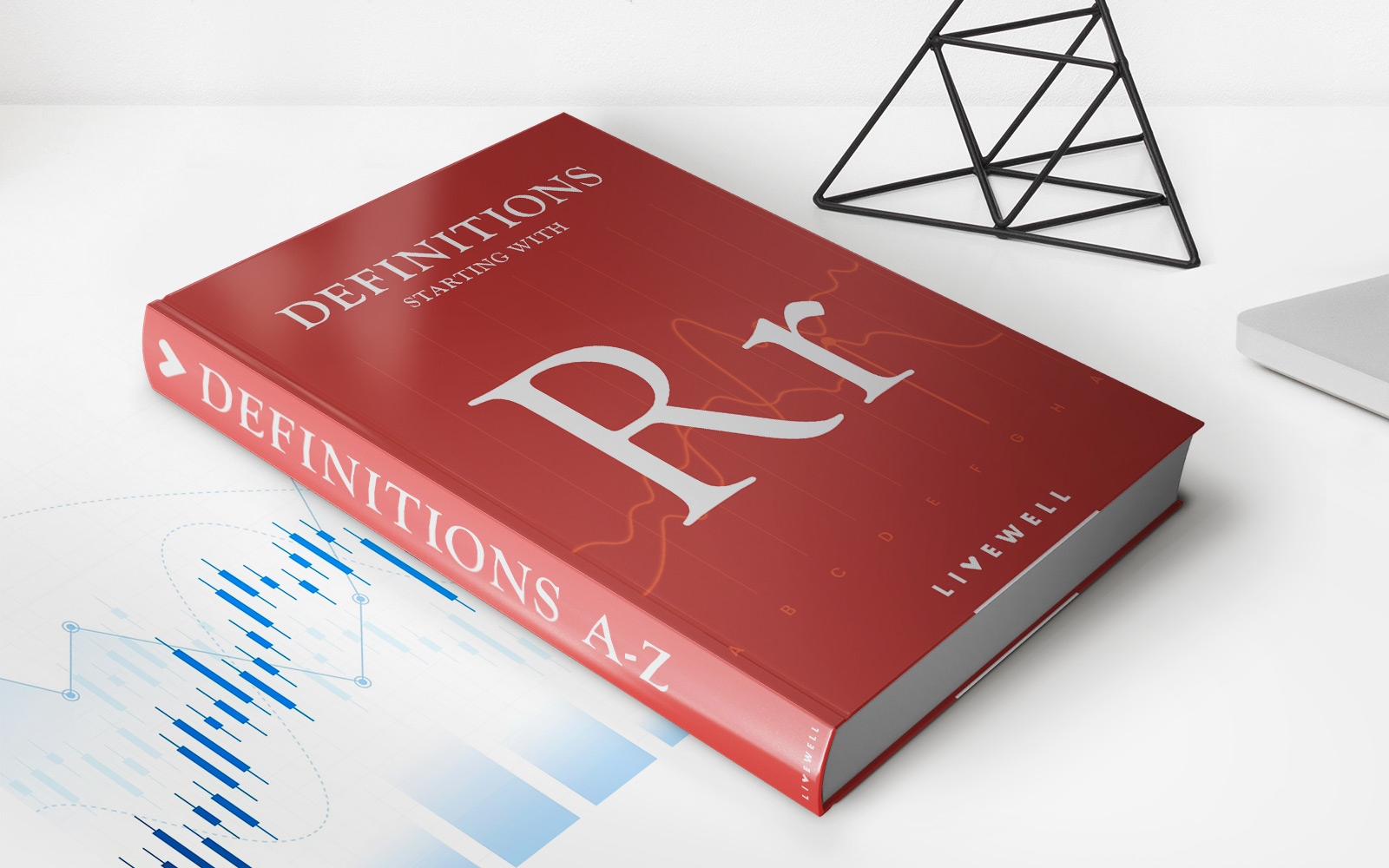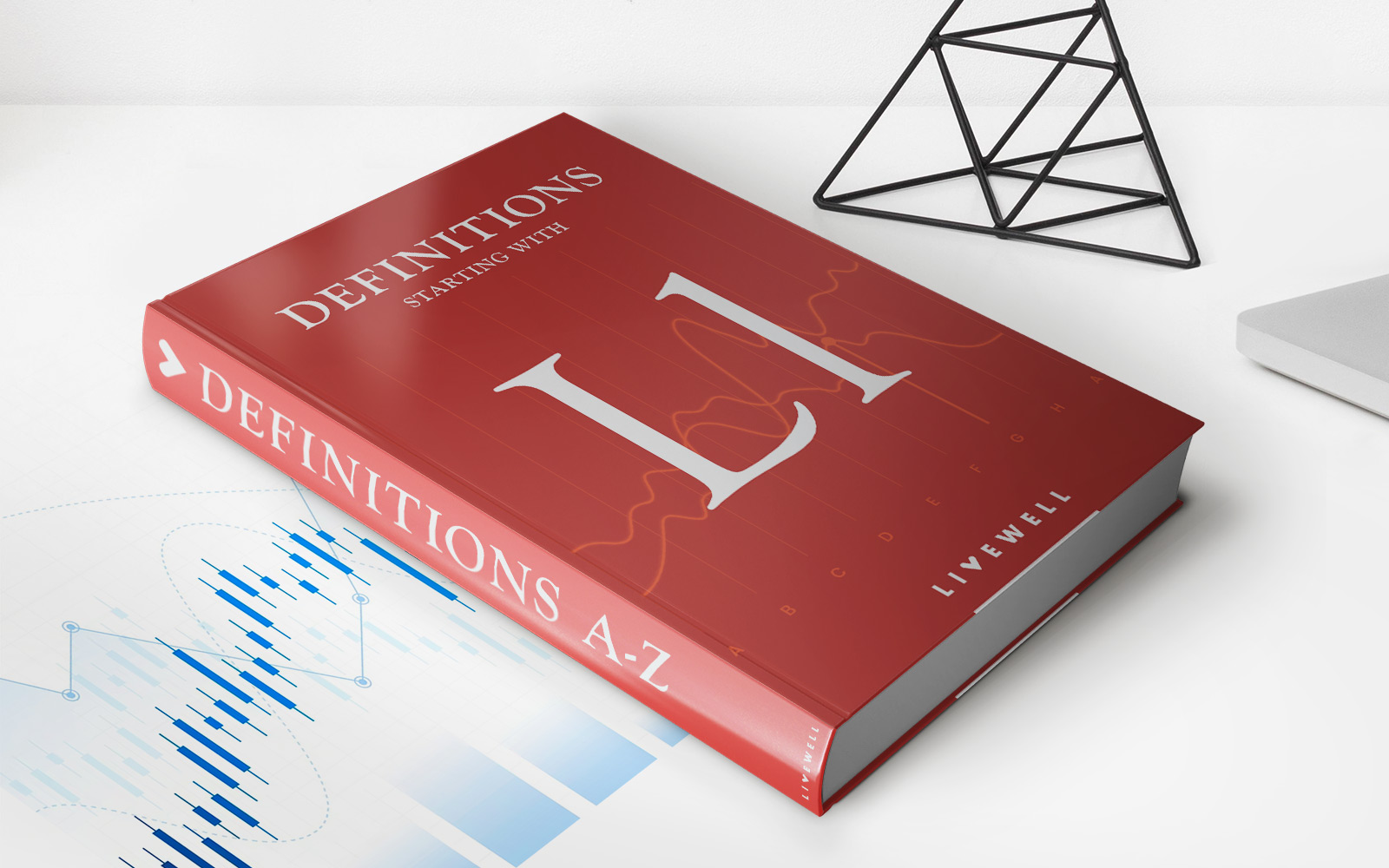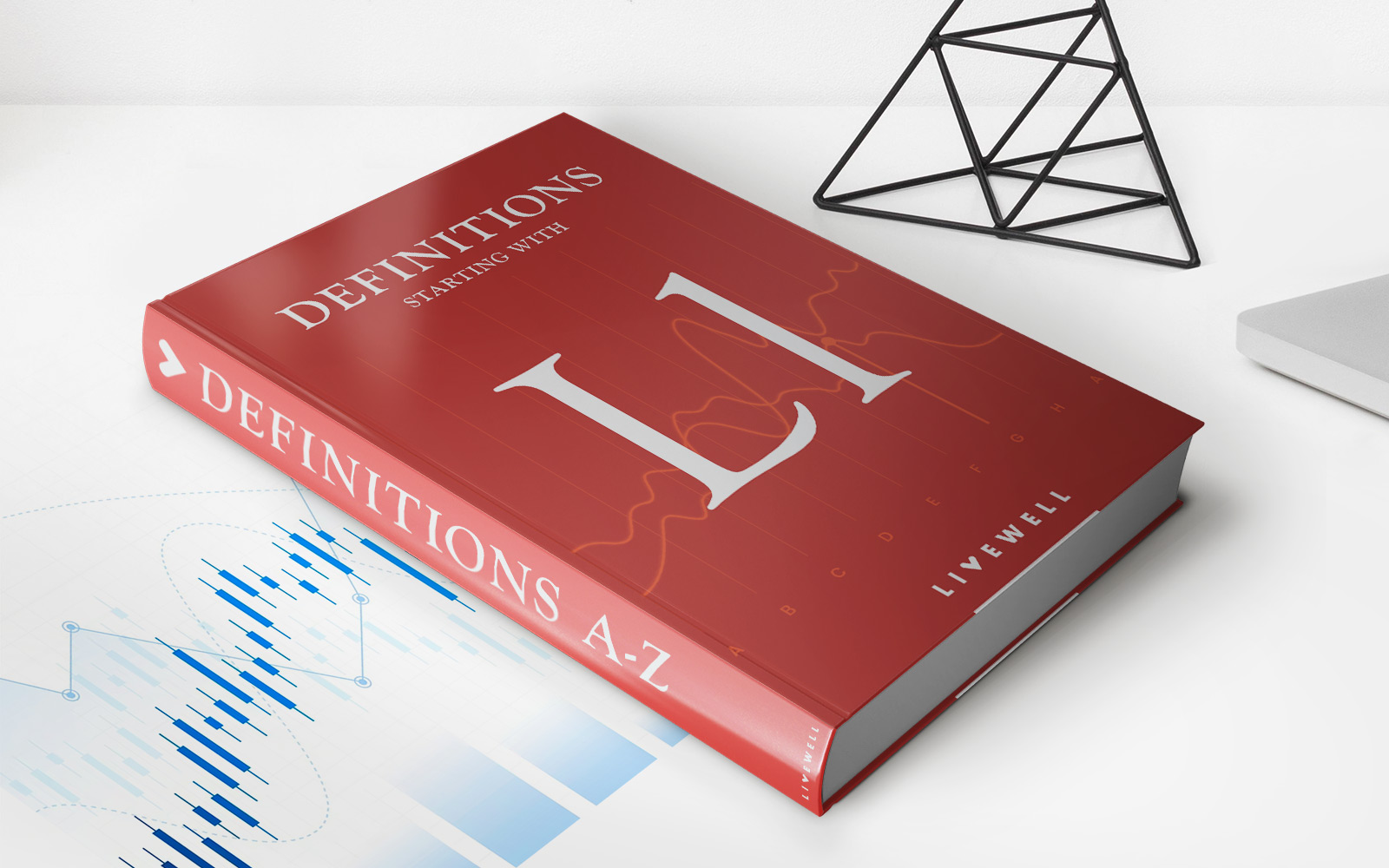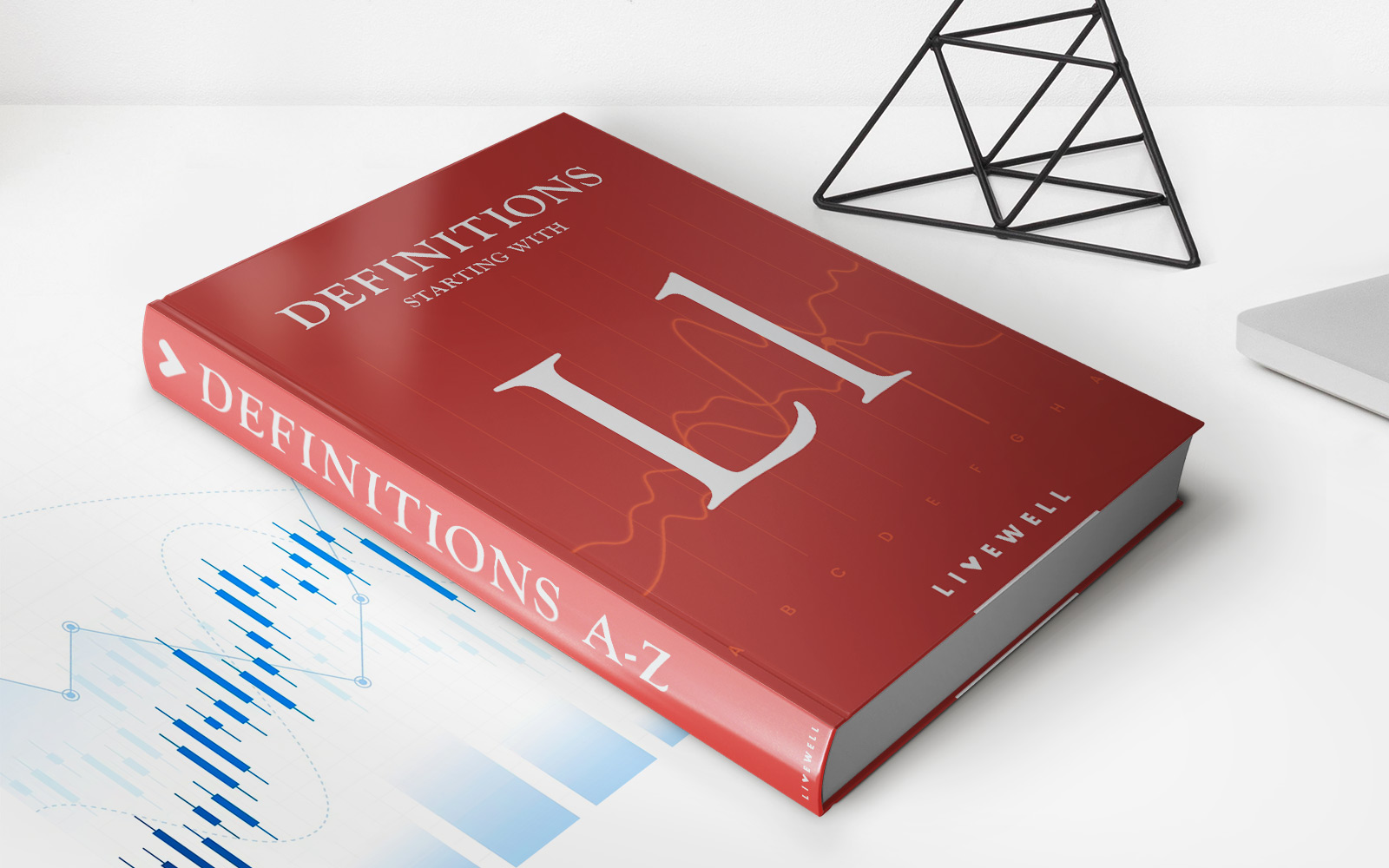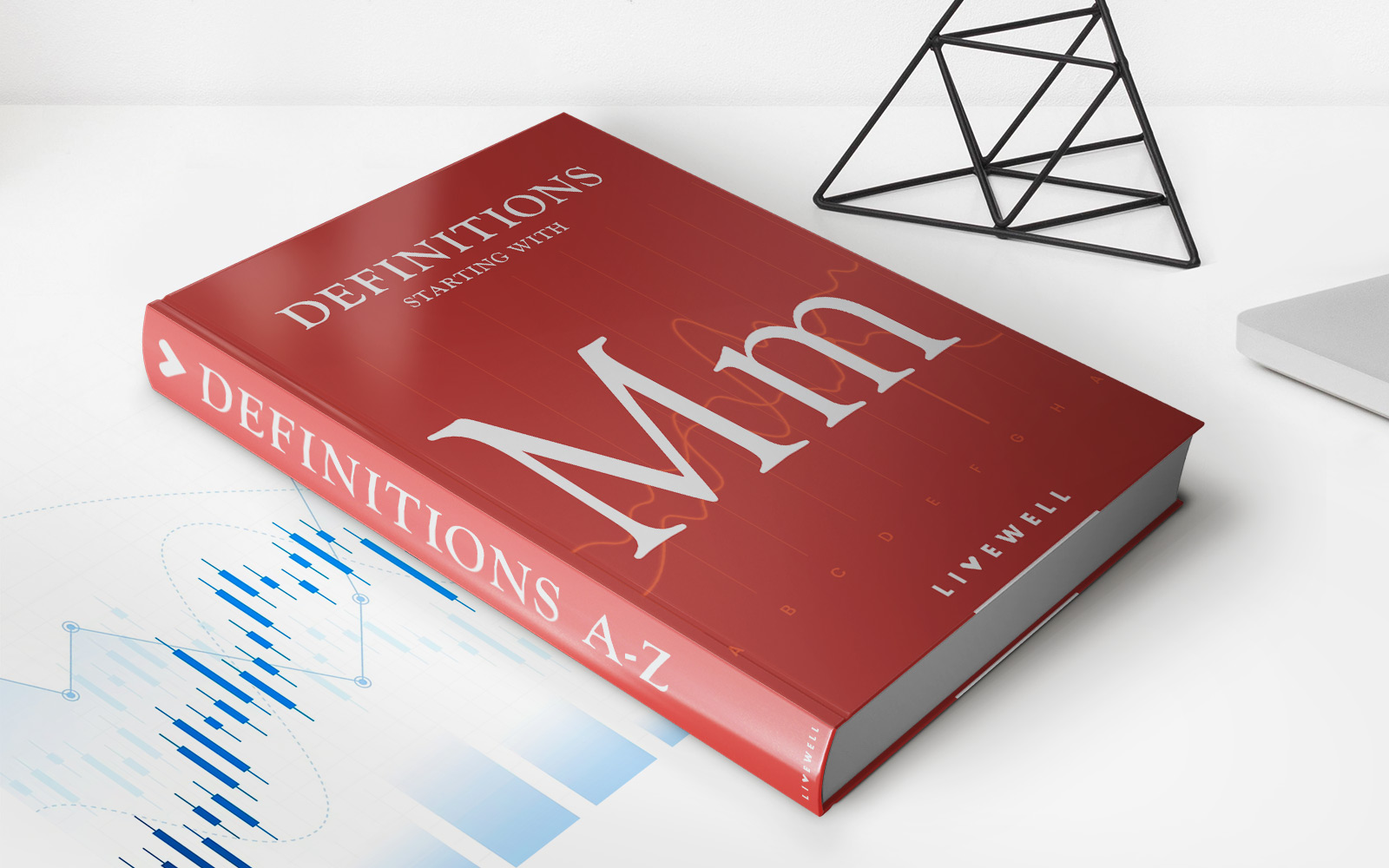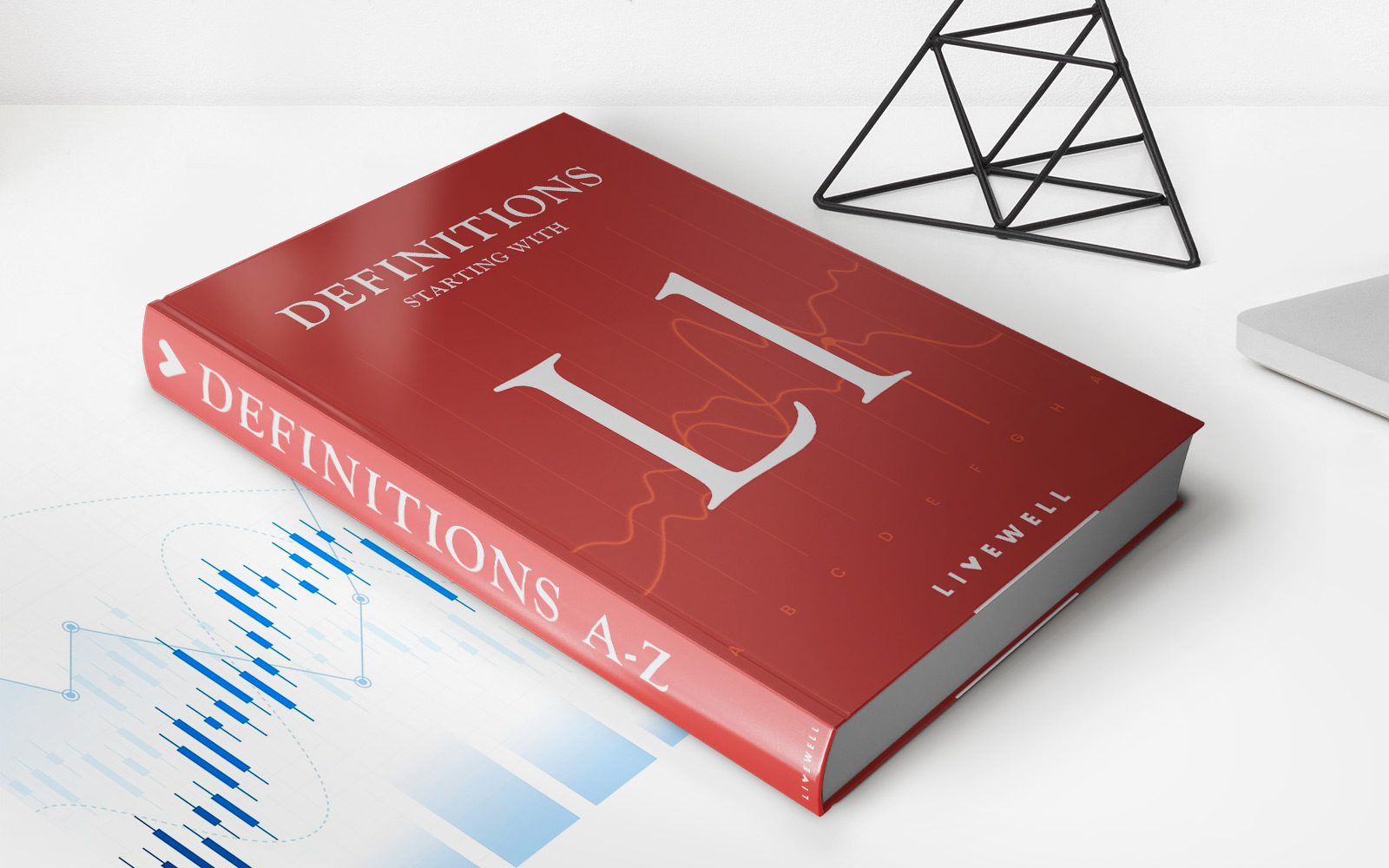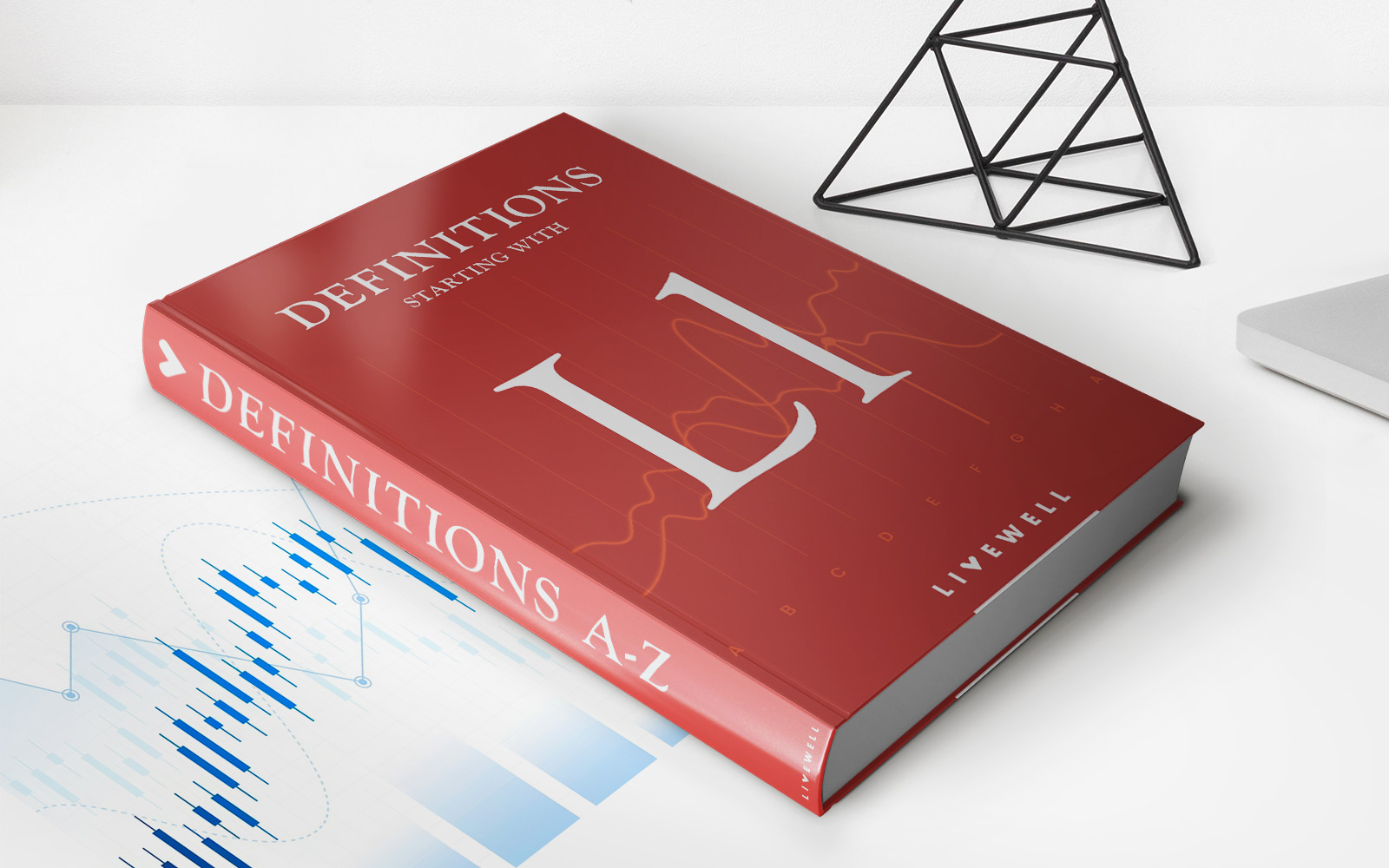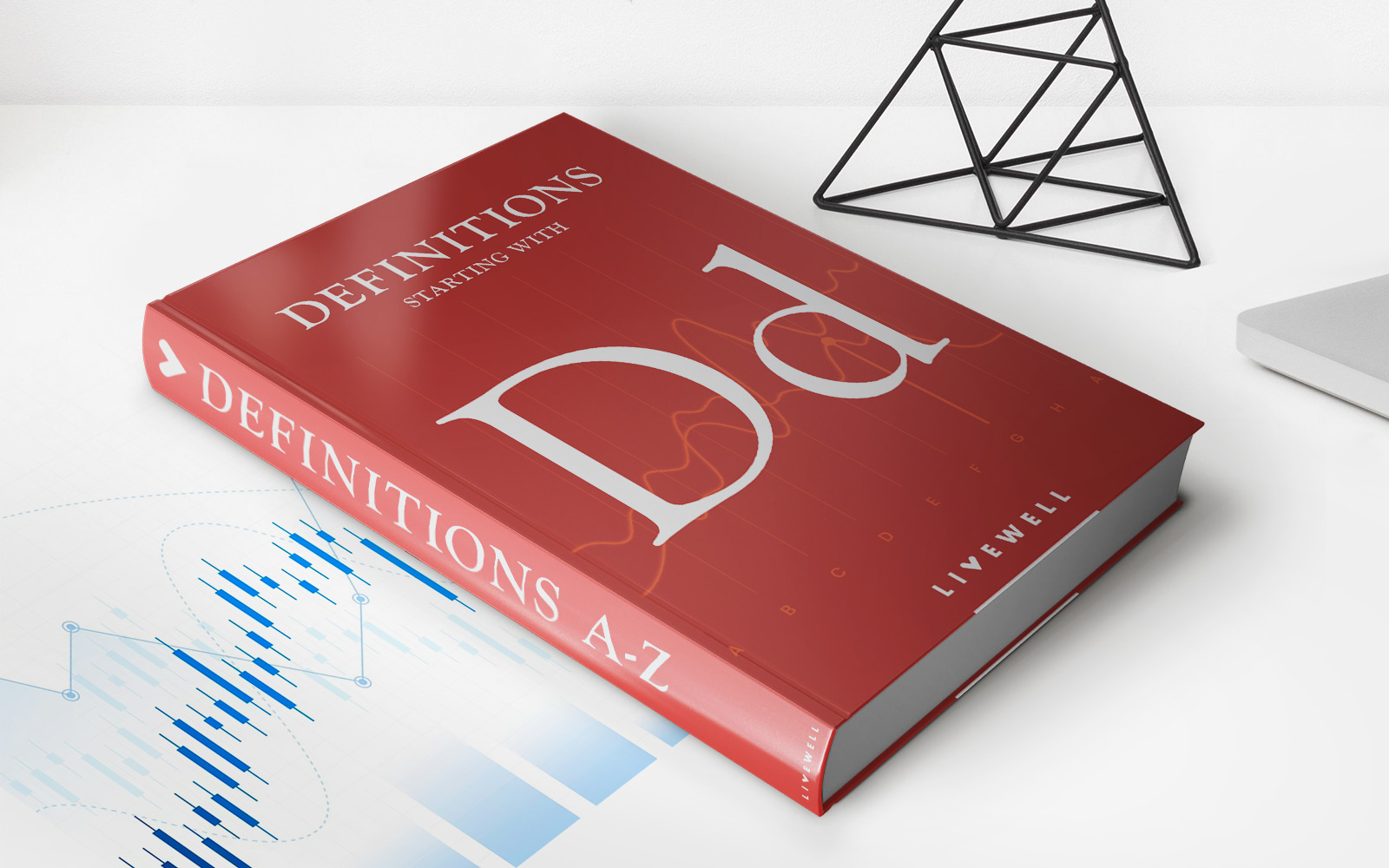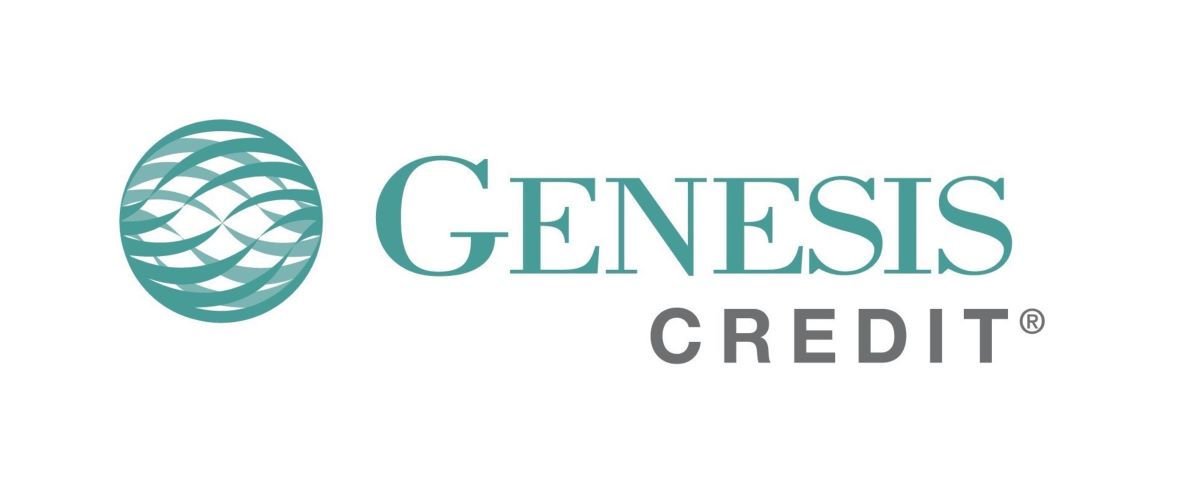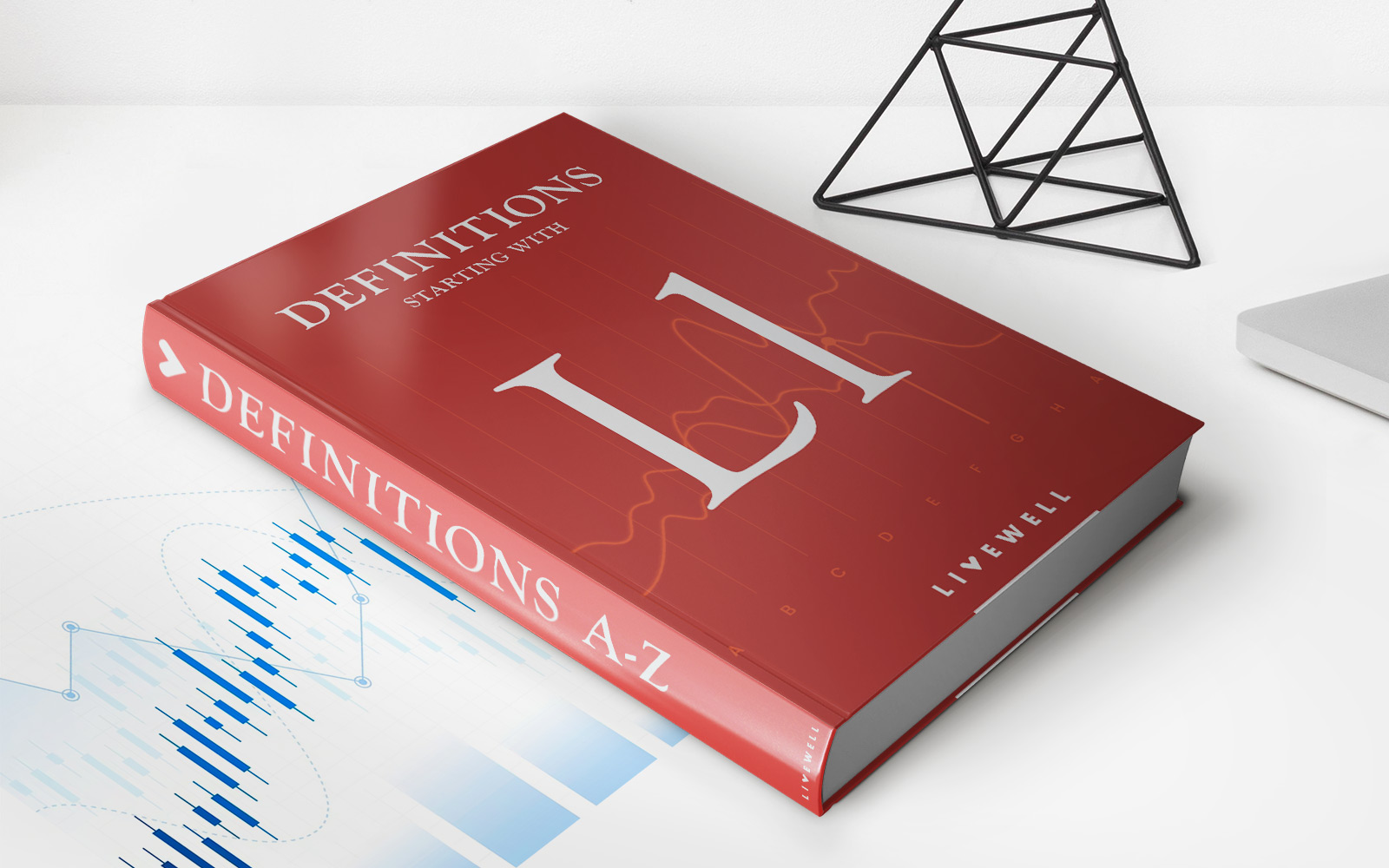

Finance
Locked-In Retirement Account (LIRA) Definition
Published: December 19, 2023
Discover the ins and outs of a Locked-In Retirement Account (LIRA) - a smart financial tool for retirement planning. Ensure a secure financial future with LIRAs.
(Many of the links in this article redirect to a specific reviewed product. Your purchase of these products through affiliate links helps to generate commission for LiveWell, at no extra cost. Learn more)
Locked-In Retirement Account (LIRA) Definition: Understanding Your Retirement Savings
When it comes to planning for retirement, having a solid understanding of your financial options is key. One such option that often comes up is the Locked-In Retirement Account, commonly known as LIRA. If the term “LIRA” is new to you and you’re eager to learn more, you’ve come to the right place.
Key Takeaways:
- A Locked-In Retirement Account (LIRA) is a type of investment account designed to hold funds from a registered pension plan.
- LIRAs are considered “locked-in” because they have withdrawal restrictions and are intended to be used for retirement income.
So, what exactly is a Locked-In Retirement Account? In simple terms, a LIRA is a type of investment account that holds funds transferred from a registered pension plan. This means that if you’ve accrued pension benefits from a previous employer’s pension plan, you can transfer those funds into a LIRA, where they can be invested and grow tax-free until retirement. It’s important to note that LIRAs are considered “locked-in” because they come with stringent withdrawal restrictions.
Now, you might be wondering why there are restrictions on withdrawing funds from a LIRA. The primary reason is to ensure that the money transferred into the account is protected and used for its intended purpose: to provide retirement income. While the specifics of each LIRA may vary by jurisdiction, generally, funds within a LIRA cannot be withdrawn until retirement age (which typically falls between 55 and 71, depending on the regulations in your province or territory).
With the purpose and restrictions of a LIRA in mind, let’s explore some of the key advantages and considerations associated with this type of retirement account:
Advantages of a LIRA:
- Tax advantages: Funds within a LIRA can grow tax-free until retirement, allowing for potential compounding growth over time.
- Asset allocation: As the account holder, you have control over how your LIRA funds are invested. This means you can choose a diversified portfolio tailored to your risk tolerance and long-term financial goals.
- Retirement income: When you reach retirement age, you can convert your LIRA into a Life Income Fund (LIF) or another eligible retirement income option. This provides you with a steady stream of income during your retirement years.
Considerations for a LIRA:
- Withdrawal restrictions: As mentioned earlier, LIRAs have strict withdrawal restrictions. This means that the funds may not be accessible until retirement age, limiting your ability to tap into the money for other purposes.
- Regulations and governance: LIRAs are subject to provincial or territorial regulations and legislation. It’s important to understand the specific rules that apply to your LIRA and ensure compliance to avoid any penalties or surprises.
- Investment decisions: While having control over the investment decisions within your LIRA is an advantage, it also means that you bear the responsibility of making informed investment choices. Seeking professional advice or guidance can be helpful in maximizing your retirement savings.
Now that you have a better understanding of what a Locked-In Retirement Account (LIRA) is, you can make more informed decisions about your retirement savings strategy. Consider the advantages and considerations outlined above, and remember to consult with a financial advisor or expert to ensure your retirement plan aligns with your unique goals and circumstances. The path to a financially secure retirement starts with knowledge and a well-thought-out plan for your hard-earned savings.
